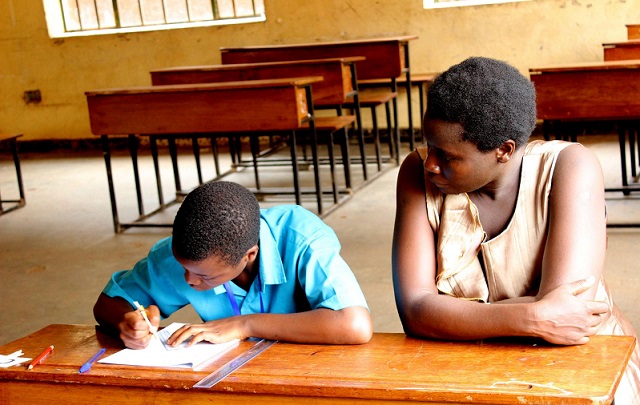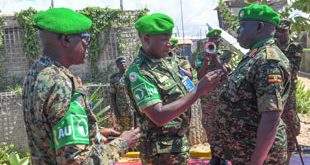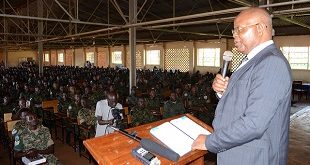
Kampala, Uganda | THE INDEPENDENT | The government plan to supply self-study materials for Special needs learners has been branded a wastage of resources. Disability specialists and activists believe that the materials might have little or no benefit to the learners who have been grounded at home for almost two months.
Christine Kirungi, a disability inclusion facilitator notes that the program is outright damaging for many students with disabilities who require a strong, close-knit network of people supporting their often multiple and complex needs. She says that in the absence of the support system, learning for such children is a nightmare.
Approximately 2.5 million children in Uganda live with some form of disability according to an assessment by UNICEF. These include learners with muscular dystrophy, multiple sclerosis, epilepsy, down syndrome, autism, dyslexia, processing disorders, bi-polar, oppositional defiance disorder, the visually impaired and those with hearing impairments.
Kirungi says that on a case by case basis, special needs teaching-learning process rotates on several factors including among others, the learning environment and a dedicated person with some training on handling those that are gifted differently. However, the provision of self-study materials did not put this into consideration.
Similarly, Michael Miiro, a disability specialist says that although it’s comforting to know that the government is caring for the children with special needs, the program is not feasible adding that giving materials to learners cannot guarantee that they are learning.
Miiro observes that for special needs children, finding the self-motivation to work independently in front of a computer, television is a major challenge. He adds that the loss of their routine rhythm adds a significant layer of difficulty for them.
In response, Dr Bernadette Nambi Karuhanga, the Deputy Director of the National Council for Higher Education says that they have already transcribed material to meet the interests of learners with special needs.
According to Dr Nambi, items have been prepared in large prints, Braille materials, pre-recorded audio and visual lessons to be placed on SD reader cards and memory cards and also considering interpreters for television-lessons which will make use of for learners with hearing impairment
But Miiro wonders how the ministry will trace the said children for the distribution of the materials given the fact that learners are currently in their respective homes far from the schools which could have helped in the process.
However, Dr Nambi says that they are in touch with some of the schools to trace the children before the materials are distributed.
There are currently 17 special needs schools, 84 attached units, and 27 all-inclusive schools at primary. The secondary level has five special schools, 10 mainstream units and 26 are all-inclusive schools.
The government has already started distributing self-study materials to mainstream learners at primary and secondary levels in addition to the broadcasted lessons. However, the program has been evenly criticized by educationists and policy analysts.
******
URN
 The Independent Uganda: You get the Truth we Pay the Price
The Independent Uganda: You get the Truth we Pay the Price


